North sea sailing after Amsterdam
After visiting Amsterdam, it’s time to continue the North Sea sailing! Our next stop is Nieuwpoort in Belgium. From there, we plan to visit historic Bruges, which is considered by many to be the most beautiful city in Belgium.
But before we get there, we have 120 miles of sailing through the very busy and tricky shallows of the North Sea ahead of us. We will cross the approach route to the busiest port in Europe – Rotterdam and to the slightly smaller Antwerp. Additionally, the North Sea sailing is constant taking currents and tides into account.
When leaving Amsterdam in the afternoon, we have to pass one lock. Locking goes very smoothly. When we arrive, gates are open, so we don’t have to wait. Both in the channel and after reaching the open sea, there is a lot of traffic.
Passing Rotterdam and Antwerp
Passing the port of Rotterdam is at night. However, this is not a big problem because there is a dedicated route for recreational vessels. Additionally, all traffic is separated by port control using radar. We were vectored almost like we were on approach by plane, so we were in our element!
Ghost ship
It turns out that not everyone is willing to take advantage of such easy and trouble-free crossing of the approaches to large ports. Near Rotterdam, at night, I suddenly see a boat appear out of nowhere on our AIS display, less than a mile away from us! At the same time, I notice this vessel turning on its navigation lights, which had previously been turned off. We probably forced the crew to reveal themselves because we very close and on a converging course. After passing, the boat turned off the AIS transmitter again and turned off the navigation lights. I must admit that such a “ghost ship” appearing out of nowhere in the middle of the night right next to you, raises many doubts.
As we later learned, many sailors are reluctant to communicate with port control, e.g. due to the language barrier, and prefer to sail through such areas “incognito”. Never do this. Harbor radars can see you well anyway and hiding like that won’t help. Just because you did that once or twice doesn’t mean you were invisible 🙂
Migration crisis
The second suspicion, although of course much less likely, was that we were passing an illegal boat with immigrants. As you will learn later in our story, at the time we were sailing, there was a major migration crisis in the English Channel. For this reason, there were intensified Coast Guard inspections, both in ports and on the water during our North Sea sailing. Every inaccuracy in the yacht’s registration or documentation was explained in detail, including sending a helicopter over.
Passing Antwerp
In the morning we cross the approach to Antwerp. Here we no longer receive radar vectors from the port control, but we have to cope on our own. Thanks to the fact that we can precisely see the position of the ships, their speed and course on our plotter, we can choose the right moment to cross their way. If you ever cross the approach to Antwerp, it’s better to do it closer to land. There, ship traffic is more organized and narrowed, making it easier to cut through. The further from land, the more dispersed the waterways are, and ships come from many directions, which complicates matters.
When sailing in such areas, we highly recommend that you be well prepared in terms of navigation. Shortly afterwards, we heard the story of another boat that, crossing the approach to Antwerp without communication, forced a container ship to change course 180 degrees. The police appeared very quickly and ordered the vessel to divert to the nearest port. For breaking the regulations, the captain was charged with a very high fine.
The next day of sailing is calmer, apart from the storm front that approaches from the west. In the afternoon we avoid some build-ups, but we cannot avoid rain. At least he rinsed the boat of salt.
Coast guard inspection at sea
The night passes without any surprises, which cannot be said about the next morning. Very tired after the previous night, we see a coast guard motorboat on the horizon. As they approach, they inform us that they want to board our boat and perform a routine inspection. Two people come in, the third waits on the motorboat. They check the yacht’s documents and emergency equipment – flares, parachute rockets, life raft and life jackets – and their expiration dates. We quickly realize that they are undergoing training or an internal exam. They are not really sure what they want to see, however they focus on explaining various procedures to each other. If it weren’t for the fact that we were after a second sleepless night at sea, we would have considered this meeting quite nice.
Arrival to Nieuwpoort in Belgium
Finally, after this very intense and busy sail, we reach Nieuwpoort in Belgium. We stop at the Vlaamse Yachthaven Nieuwpoort marina, where we plan to leave the boat for one day and go to Bruges. It is true that we would be closer from the city of Ostend, but the tiny marina there requires locking at scheduled times. So we chose a larger, hassle-free marina in Nieuwpoort.
From there we take a tram along the coast to Ostend, and then a train to Bruges. The entire route takes 1.5 hours.
Visiting Bruges
Bruges has been a very important trading center in Europe since the Middle Ages. It has retained its original architecture and urban layout to this day. The city is crossed by canals, through which people used to commute and where trade took place. Today boats with tourists float there lazily.
Free walking tour in Bruges
Having only been in the city for one day, we again took advantage of the “Free Walking Tour”, a walking tour around the city with a local guide. This allows you to see the city in a nutshell, reach places you won’t read about in guidebooks, and learn many interesting facts about a given place. Guides often recommend places in the city that are worth visiting.
Visit to local Brewery
This is how we get to the Huisbrouwerij De Halve Maan Brewery, because Bruges is famous for its very good beer!
During the tour of the Brewery, we learn about its 500-year history, the subsequent stages of beer brewing, and a pipeline carrying beer under the city! Its construction was started as the narrow streets of medieval Bruges did not have adequate capacity to transport the beer on a mass scale. However, in order to maintain the “Bruges Beer” brand, brewing remained in the heart of the city. The rest of the infrastructure was moved to the outskirts. In this way, the streets are unclogged and the “beer pipeline” connects both facilities of the brewery. It is 3.2 km long, runs at a depth of 34 meters, and its capacity is 4,000 liters per hour.
The tour of the brewery ends, of course, with a beer tasting.
Visiting this place has one more advantage. On the roof of the building there is a beautiful observation deck with a panoramic view of Bruges. This is a cheaper and more accessible alternative than the Belfry of Bruges.
Belfry of Bruges and city’s canals
Belfry of Bruges is a 13th-century monument that is the city’s landmark. It is located on the charming Gothic market square, Grote Markt. Of course, you can climb to its top, but remember that tickets are usually not available immediately and it is better to book them in advance online.
As we had already seen the view of Bruges from the Brewery, we did not climb the tower. The attraction we decided on was a short boat trip through the canals of Bruges. And although we usually avoid touristy attractions like this one, we didn’t regret it. During the cruise, you can look at the city from a completely different perspective, and the extensive network of canals allows you to reach almost any place.
We won’t be writing here another guide to Bruges, a lot of which have already been written. However, we invite you to check out the short photoshoot below. And above all, to visit this amazing city as soon as you have the opportunity!
Nieuwport – Boulogne Sur Mer
In the meantime, we are coming back to our yacht in Nieuwpoort, because we have a further North Sea sailing west ahead of us. This time it’s only 60 miles to our first stop in France – Boulogne Sur Mer. Our route runs along a fairway parallel to the coastline, which leads between notorious shallows. And there are plenty of them in the area! Only after passing Dunkirk do we leave the channel, but we continue to move parallel to the coastline. We pass Calais and Cape Griz-Nes, which means “Grey Nose”. It is also the narrowest place in the English Channel. We are only 34 km away from England. A beautiful sailing ship looms behind the cape, and the entire scenery looks as if someone had painted a picture. Because a closer look at the vessel turns out to be a ship… with Russian youth.
In Boulogne Sur Mer we stop in an outer marina that does not require locking. For this reason, piers are exposed to very large differences in water levels. We move with them up and down by 7 meters! Unfortunately, the marina area is not the prettiest. When the water level is low, thick, white foam pours out of the city, which does not smell good. However, our mood is cheered up by a local market with fresh seafood. Stalls assigned to specific fishing boats are run by fishermen’s wives. In the morning you can get fresh fish and seafood here at very good prices! With access to such fresh delicacies, there is nothing else to do but eat them for breakfast, lunch and dinner.
Boulogne Sur Mer – Cherbourg
After two days in Boulogne Sur Mer and tons of seafood in our bellies, it was time to move on. Our destination is Cherbourg, 143 miles away, from where we will later set sail on the longest sail with Tranquility to date – crossing the Bay of Biscay. However, before this happens, we have to sail for over a day to Cherbourg. The sail goes uneventfully, but also without any wind. Only at the end do we manage to set the sails.
Searching the boat by French customs
An unpleasant surprise awaits us in Cherbourg – the boat is searched by French customs officers. They check whether we are smuggling people or drugs, they search cabinets, clothes and food. And although I understand that it’s their job, I get mad when they get on my bed in work clothes. We don’t have a washing machine on board! The whole thing lasts over 2 hours, the men ask a lot of personal questions, and with time we feel more and more uncomfortable. Additionally, instead of resting after the sail or exploring the city, we are stuck on the boat waiting for them to finish.
Later we saw that only boats with Eastern European flags were being searched. Our polish, later estonian… Boats from the UK or Germany were not disturbed 🙂 Such frequent inspections in this region are related to the migration crisis. As you have probably heard many times in the media, immigrants try to get to the UK through the English Channel. It’s a pity that not all flags are treated equally by the French customs. And they say we are all equal citizens of the same European Union 😉
Sailing from Amsterdam to Cherbourg – summary
With this not very optimistic story, we came to an end of the Module 5 of our journey – The North Sea Sailing from Amsterdam to Cherbourg. In the next one, we will take you on the longest sail so far – 5 days non-stop at sea, from Cherbourg to A Coruña in Spain. However, it won’t happen without… another inspection! We will sail across the English Channel, pass the Channel Islands and put the famous Alderney Race to the test. Stay with us!
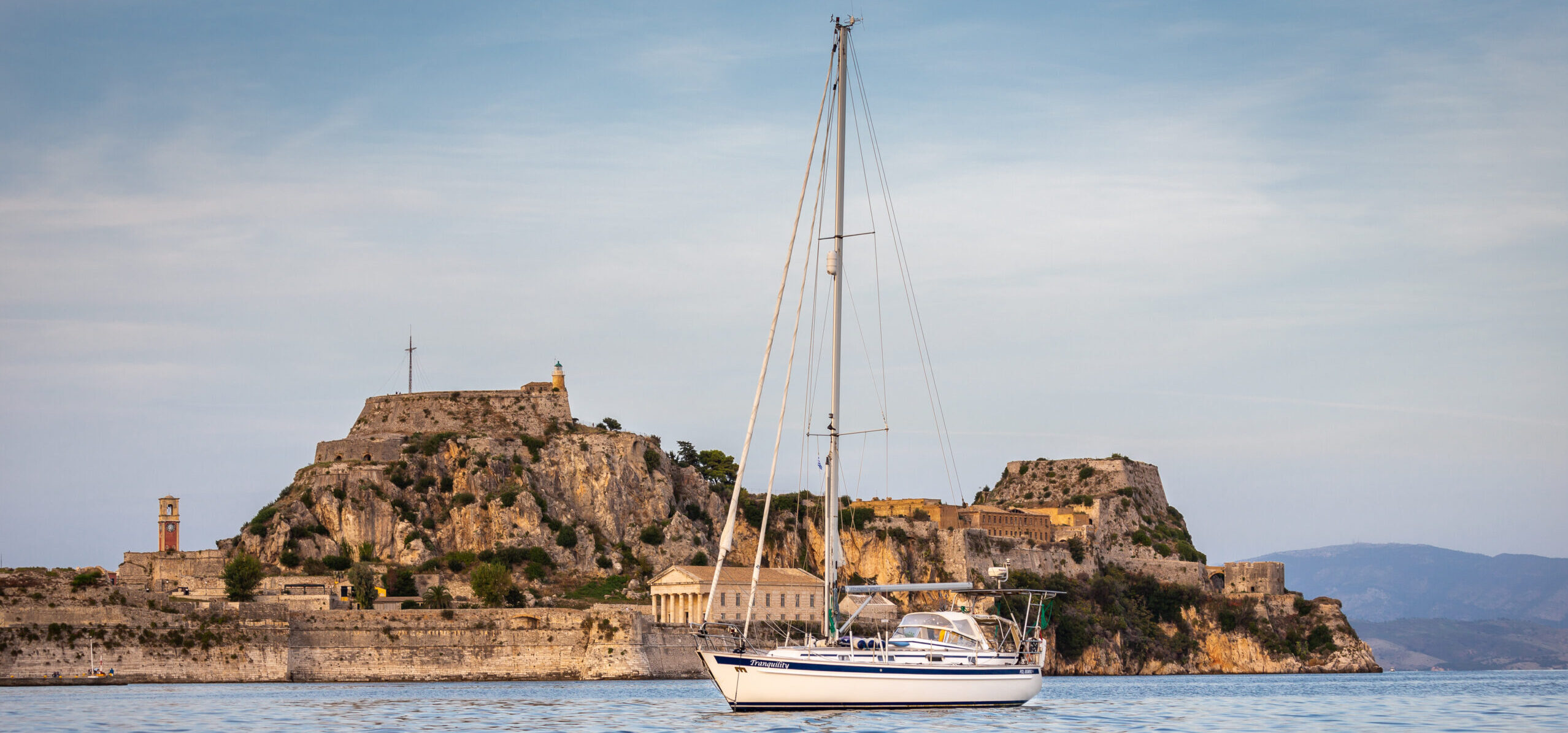
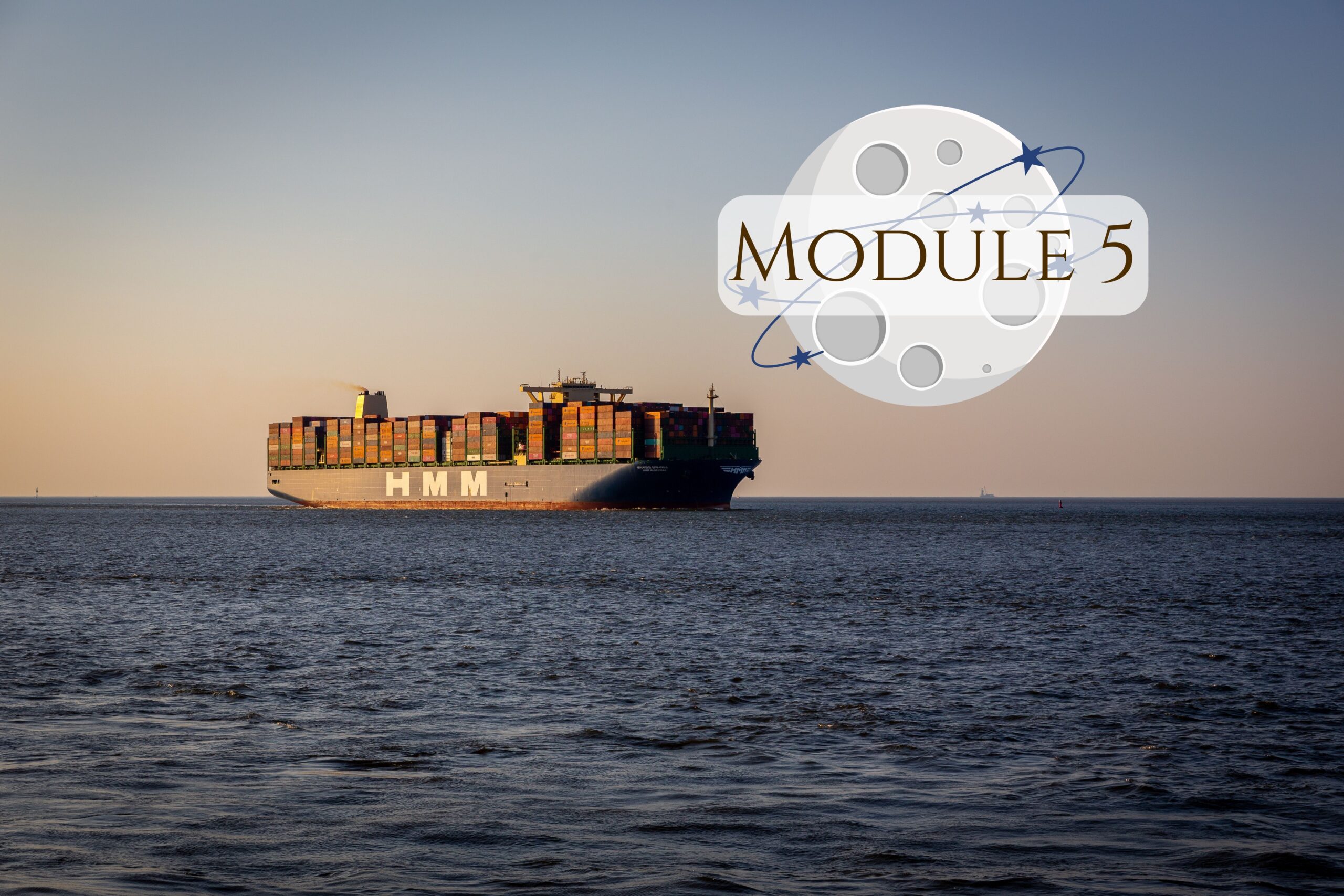


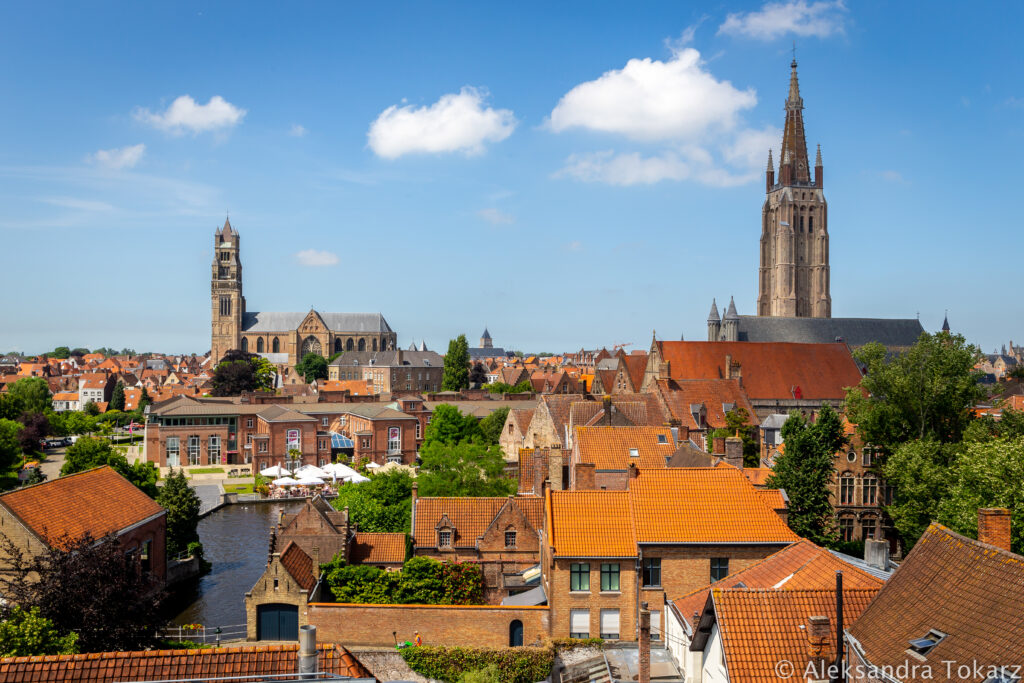
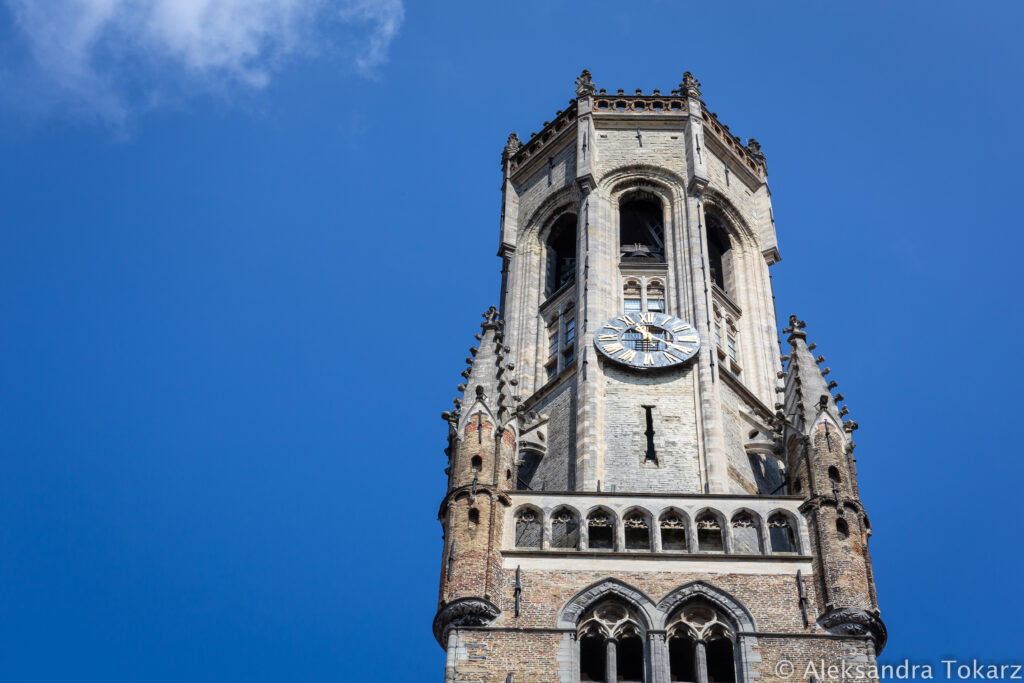

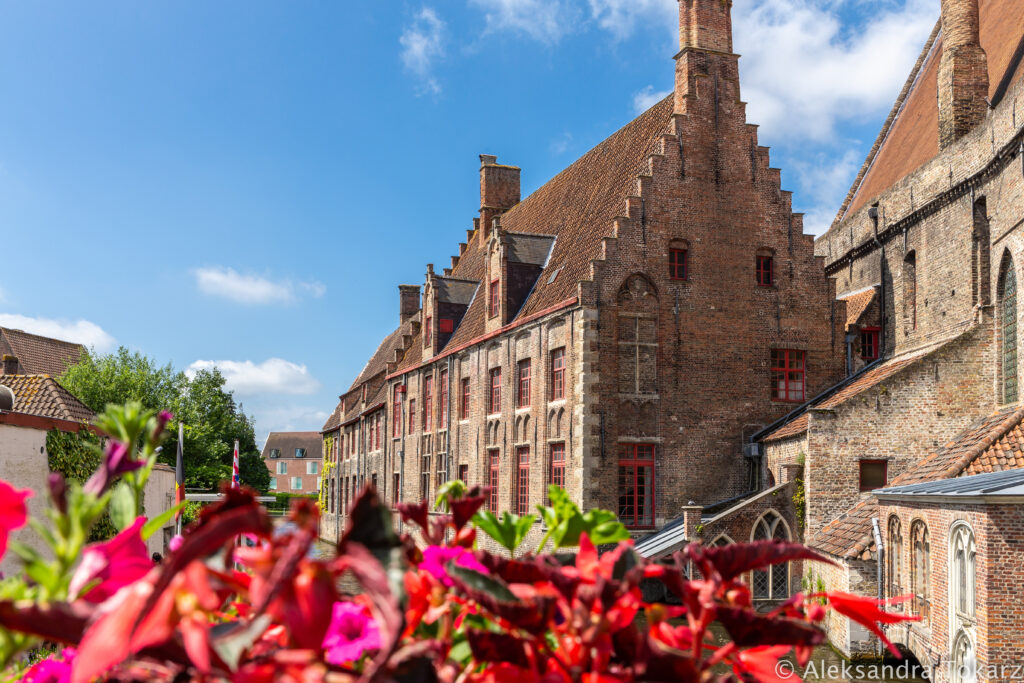

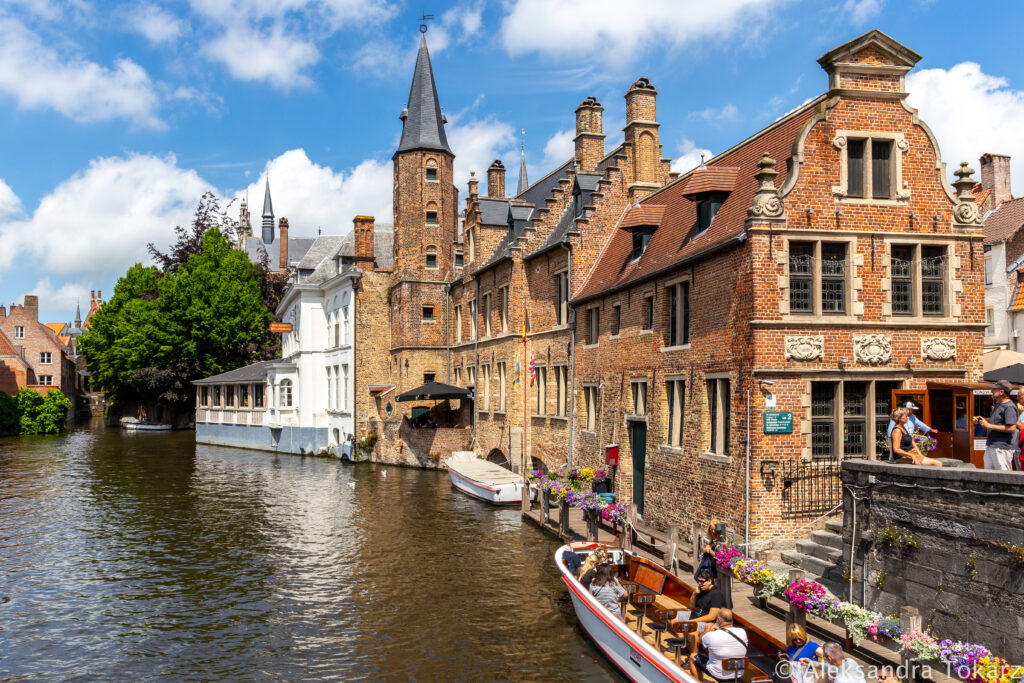

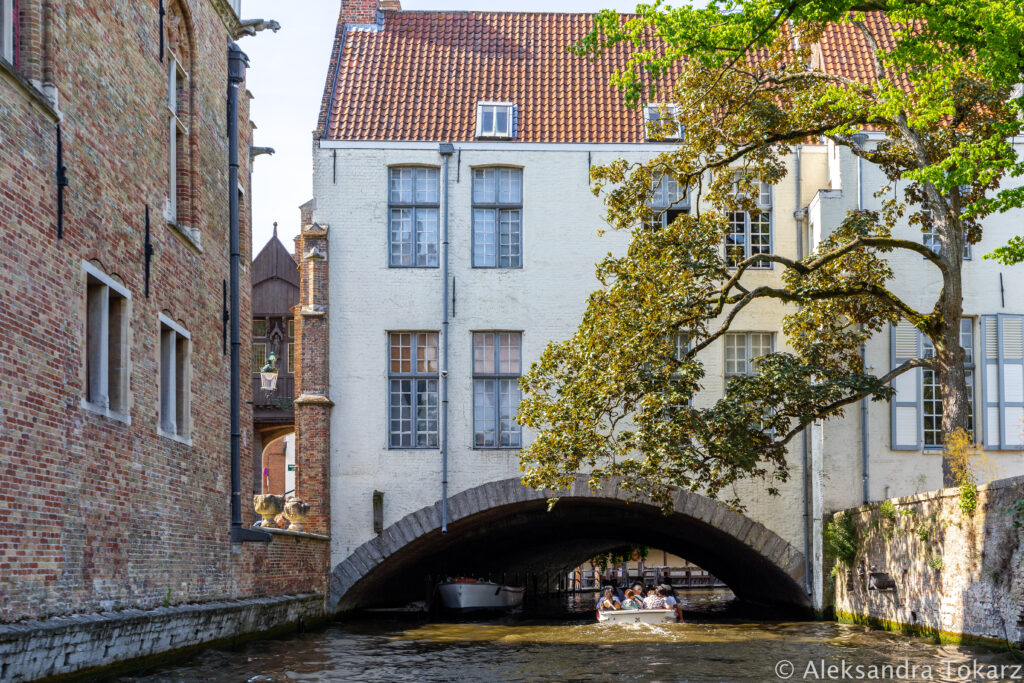
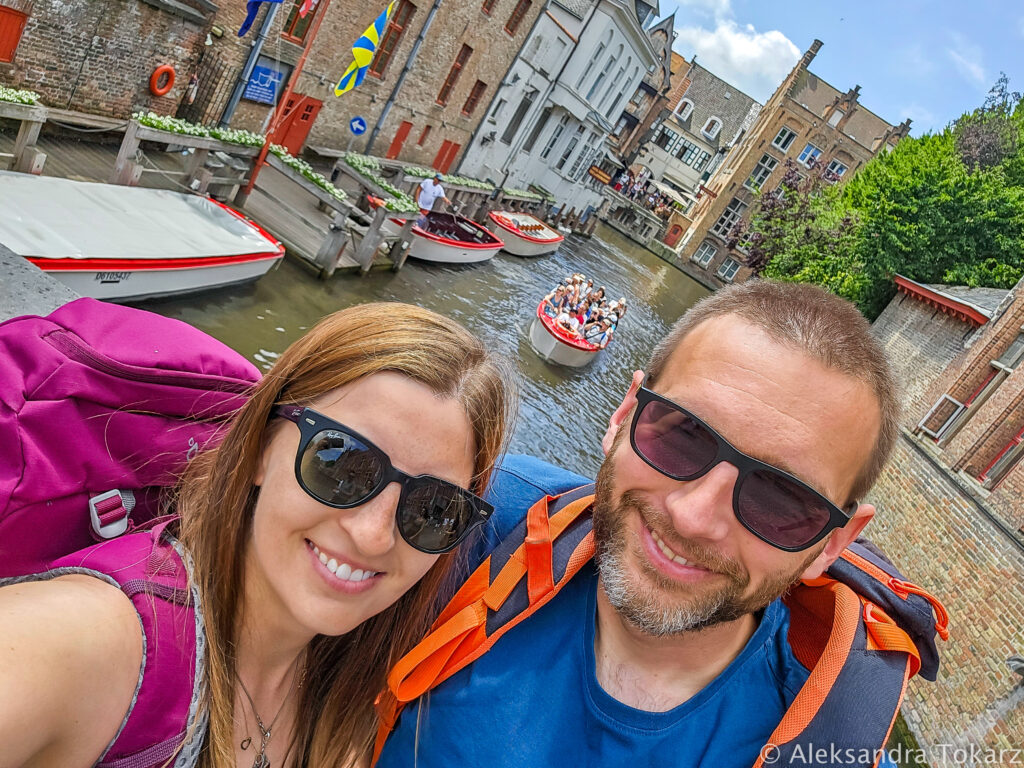

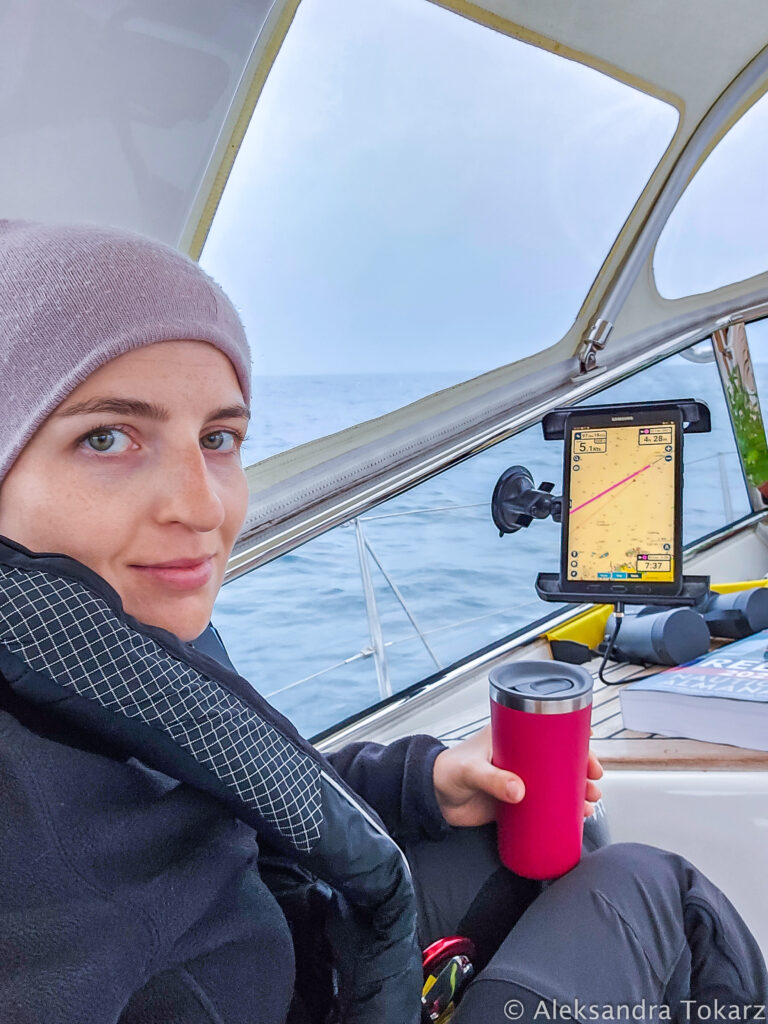


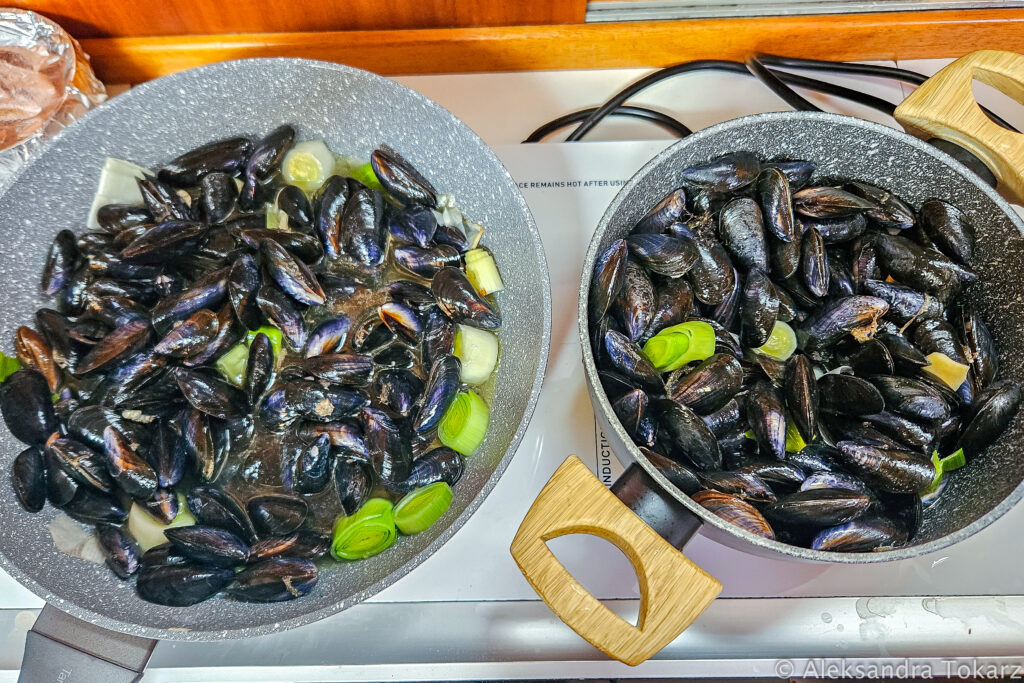

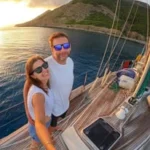


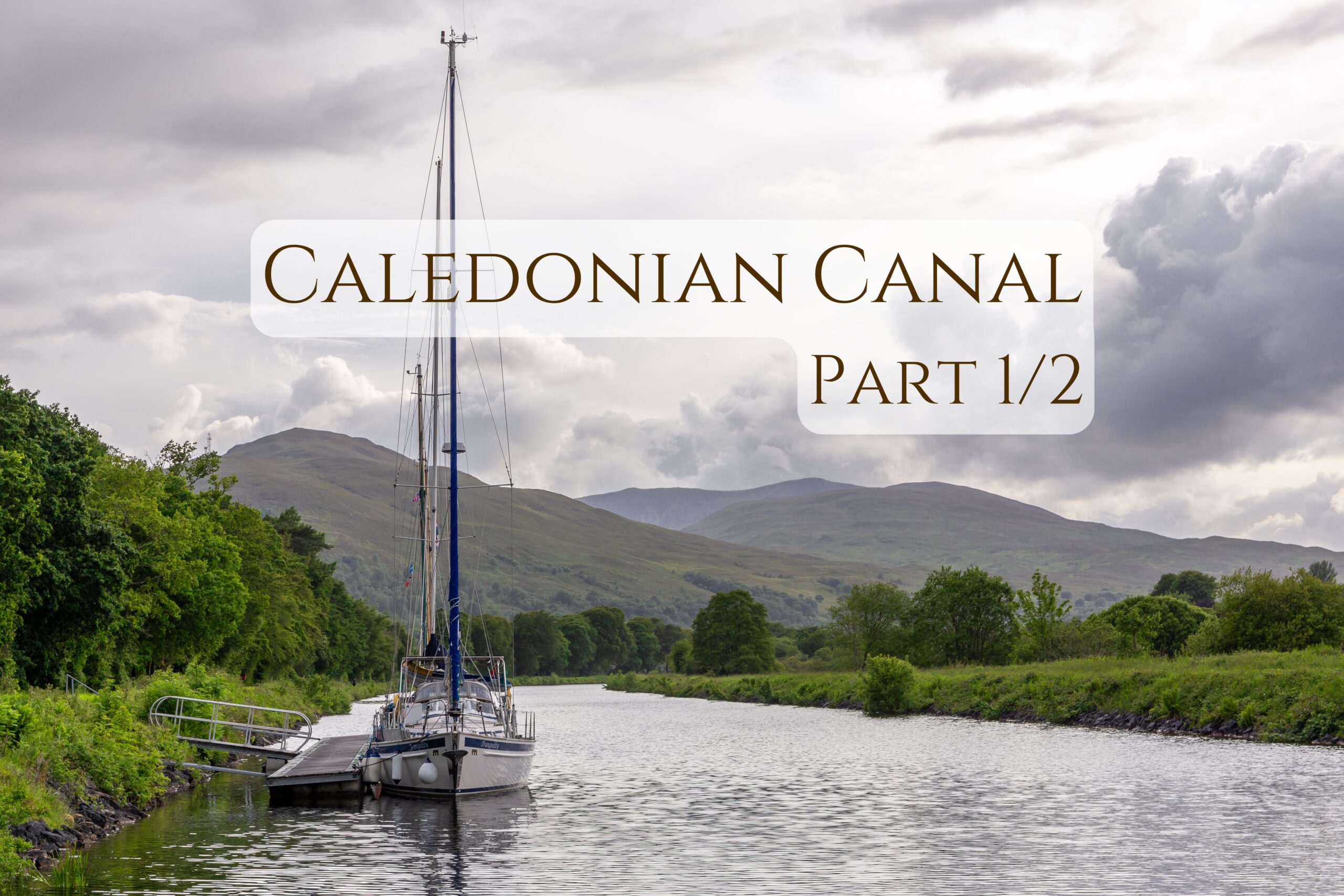
No responses yet